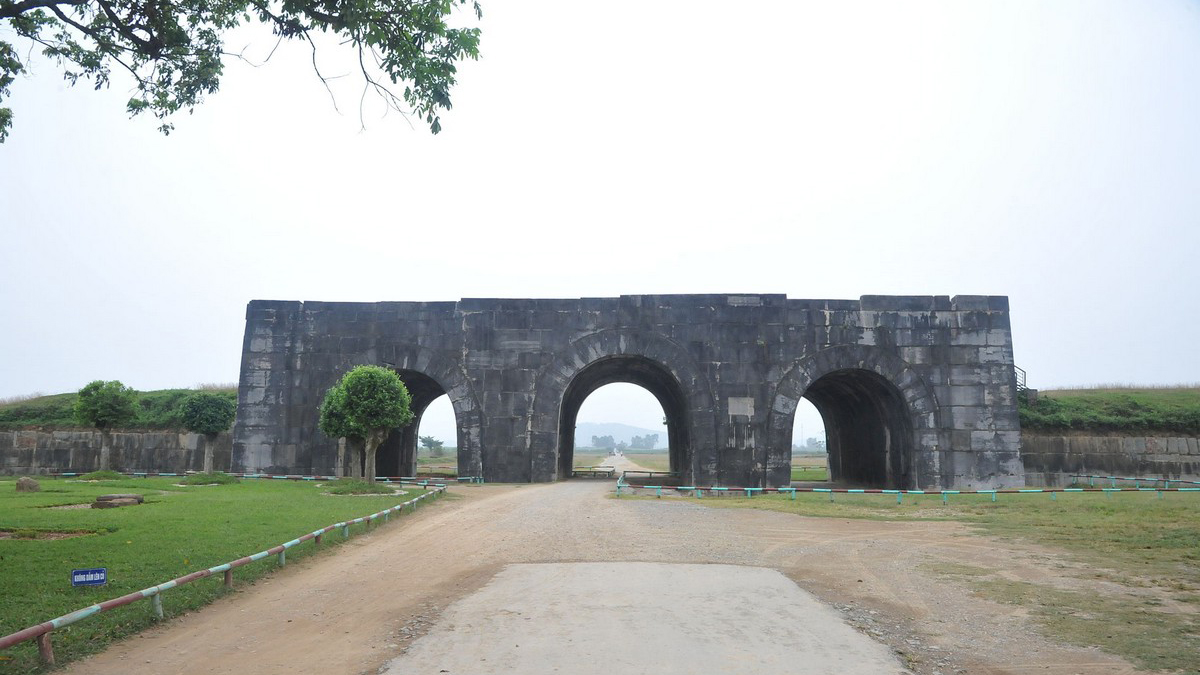When traveling in Thanh Hoa, do not miss out on visiting the Citadel of the Ho Dynasty, one of the most famous historical sites in the region. Considered the only remaining ancient stone citadel in Southeast Asia, this citadel is rich in cultural and architectural value. Now, take a moment to explore the Citadel of the Ho Dynasty together with Asia Legend Travel!
Overview of the Citadel of the Ho Dynasty
The Citadel of the Ho Dynasty is an impressive historical site located in Vinh Long commune, Vinh Loc district, Thanh Hoa province, about 45 kilometers from the city center of Thanh Hoa and 140 kilometers from Hanoi. Once the capital of Vietnam, it has now become a well-known landmark in the area, attracting numerous tourists.
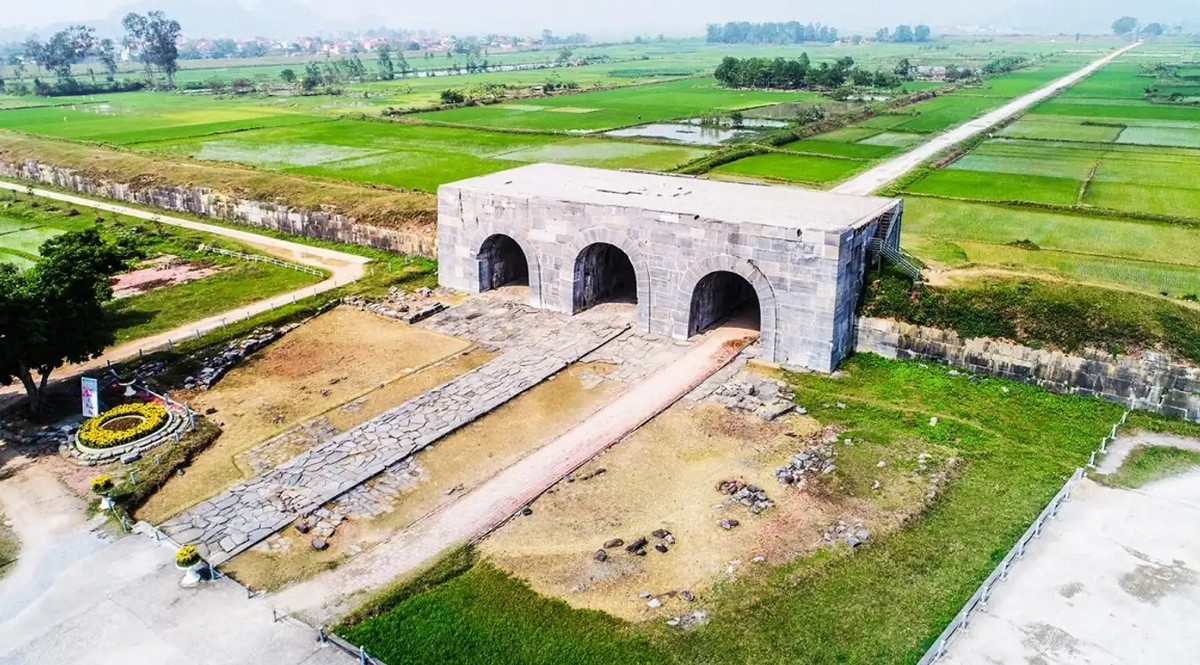
Recognized as a national heritage site in 1962 and a UNESCO world cultural heritage site in 2011, the Ho Dynasty Citadel holds great historical significance in Vietnam. It also showcases remarkable architectural, technological, and sculptural values within Vietnamese culture.
The History of the Citadel of the Ho Dynasty
The Ho Citadel was constructed in 1397 during the Tran dynasty, under the leadership of Ho Quy Ly, who later established the Ho dynasty in 1400. Historical records indicate that Ho Quy Ly built the new capital in An Ton cave (now part of Vinh Long commune, Vinh Loc district, Thanh Hoa province) with the intention of staging a coup.
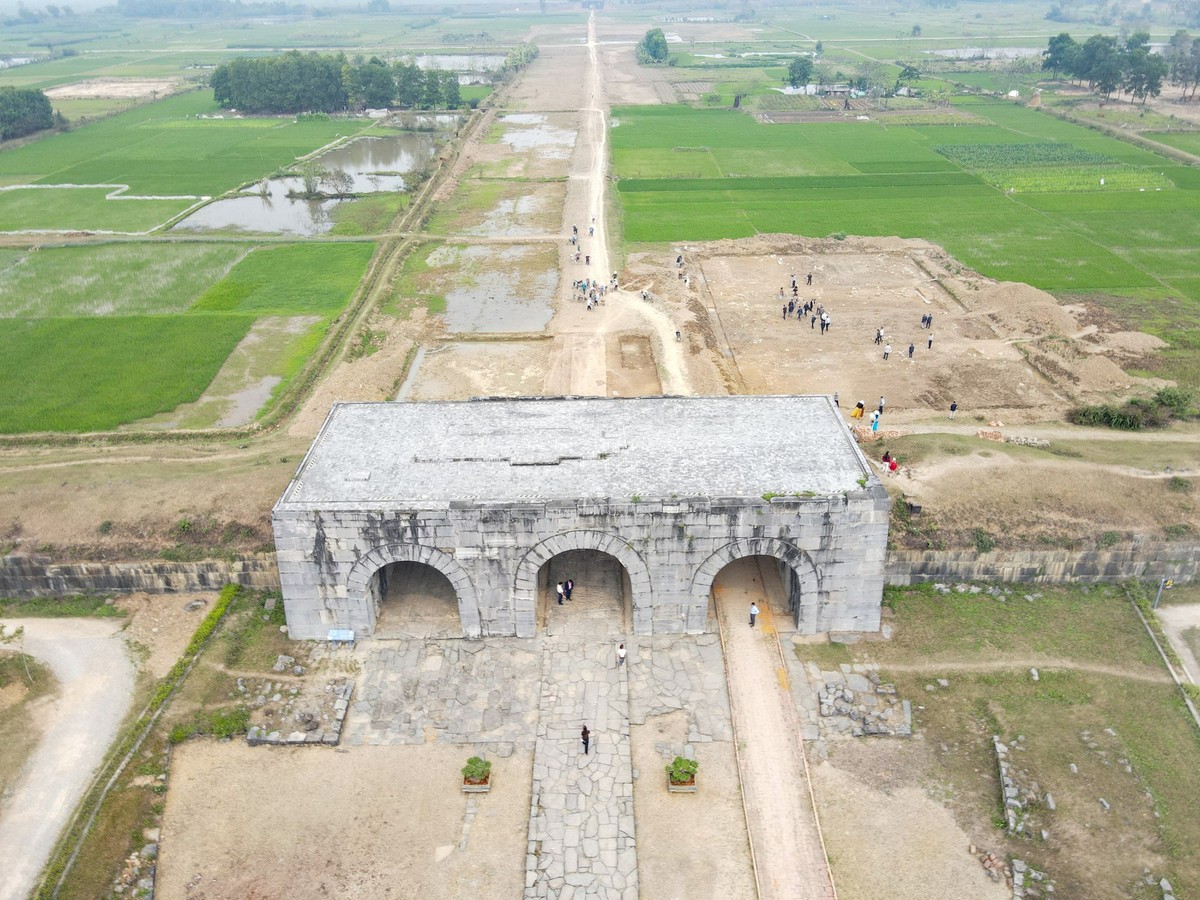
In 1400, after Ho Quy Ly forcefully ascended to the throne, he moved the capital and ushered in a new era of feudalism in Vietnam. The new capital was called Tay Do, which means “the capital in the west,” while the old capital of Thang Long was renamed Dong Do, meaning “the capital in the east.” However, Thang Long still retained its significant role in the country.

As the capital of the country from 1398 to 1407, the Ho Dynasty Citadel served as the political, economic, and cultural center of North Central Vietnam. During this time, this citadel was a historical witness to a critical period in Vietnamese history.
The Unique Architecture of the Citadel of the Ho Dynasty
One of the names of the Ho Dynasty Citadel was Thach Thanh, which means “Stone Citadel”. Unlike many other constructions before it, the Citadel of the Ho Dynasty was the only imperial building made of stone slabs instead of bricks. The construction of this citadel required a new technique that did not involve the use of any mortar, due to the use of large stone slabs.
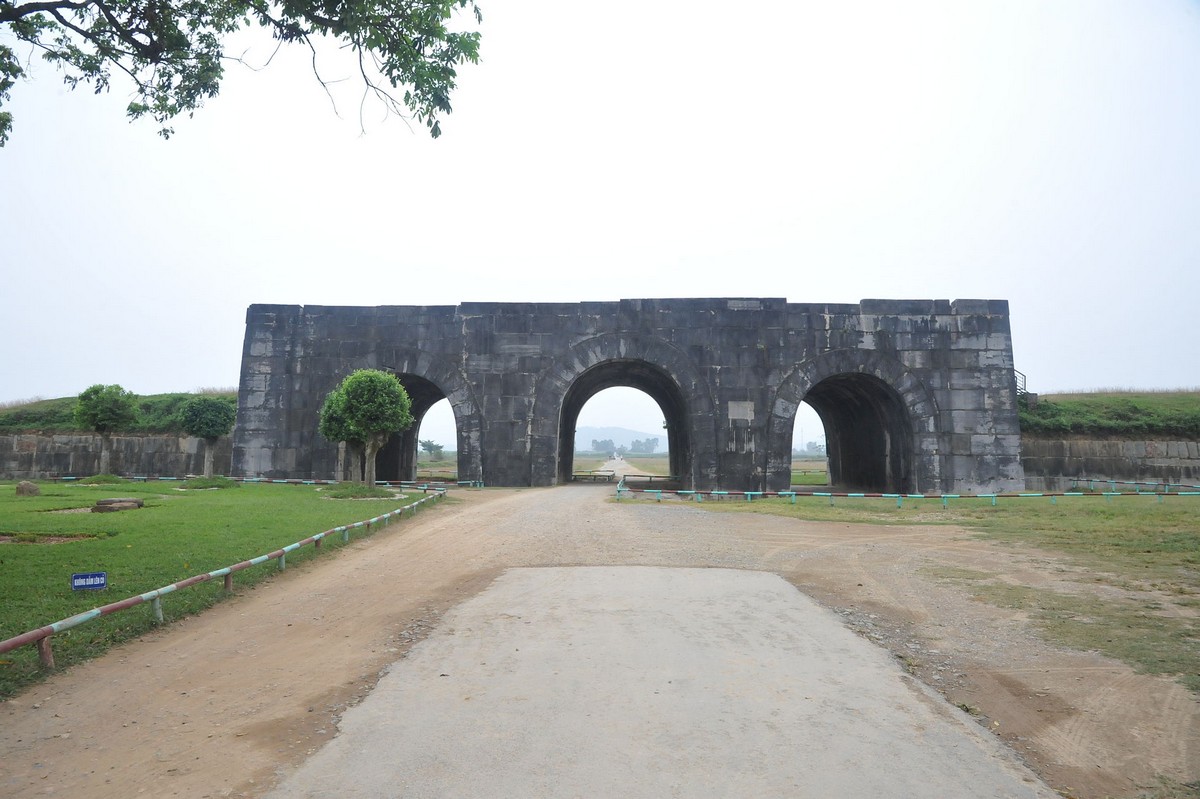
Another striking feature of the Citadel of the Ho Dynasty is that it was initially built in just 3 months for immediate use, and then continued to be completed by 1402. This site is located in a challenging area, surrounded by towering mountains and rivers, which gives it strategic importance for military defense and also takes advantage of waterway transportation.
3.1. Hoang Thanh (Inner Citadel)
The Inner Citadel has a rectangular shape, measuring 870.5m in the north-south direction and 883.5m in the east-west direction. The four gates of the Inner Citadel, facing all four directions, are constructed with rolled arches made of stacked large stone blocks.

The construction technique used for the stone arches in the Inner Citadel reveals a great deal about the skills and dedication of the builders. Despite their immense weight, the stone blocks are seamlessly joined together without any adhesive and have remained intact for over 600 years.
3.2. La Thanh Outer Wall
The outer wall, known as La Thanh, envelops the citadel as a protective barrier and the first line of defense. La Thanh is currently a fortress with a height of 6m and a width of 9.2m, featuring a steep outer surface and a gentle inner side. The entire La Thanh fortress is seamlessly integrated with the surrounding terrain, providing maximum protection for the citadel against enemy assaults and floods.
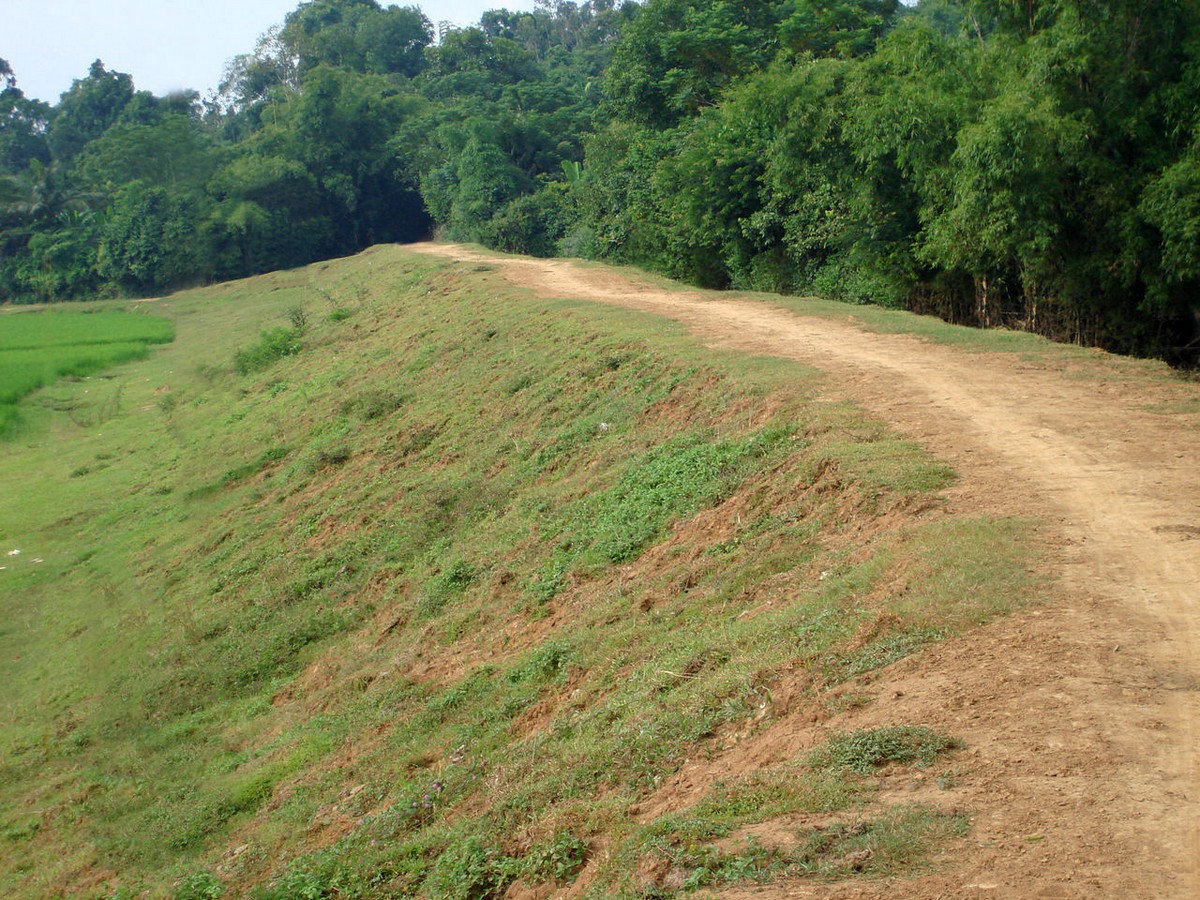
3.3. Hao Thanh
Surrounding the outer wall of the citadel of Ho Dynasty are the moat systems, typically found in East Asian fortresses. The moat has a width of approximately 90m, with a bottom width of 52m and a depth of over 6.5m. To ensure the moat’s stability, ancient builders used rubble stones to pave the bottom.
3.4. Nam Giao Altar
In the rituals of ancient Vietnam, the Nam Giao Altar and the annual Nam Giao ceremony played important roles in the spiritual culture. They were dedicated to praying for the prosperity of the country and the longevity of the dynasty. Therefore, during the construction of the capital, King Ho Quy Ly paid special attention to building the Nam Giao Altar.
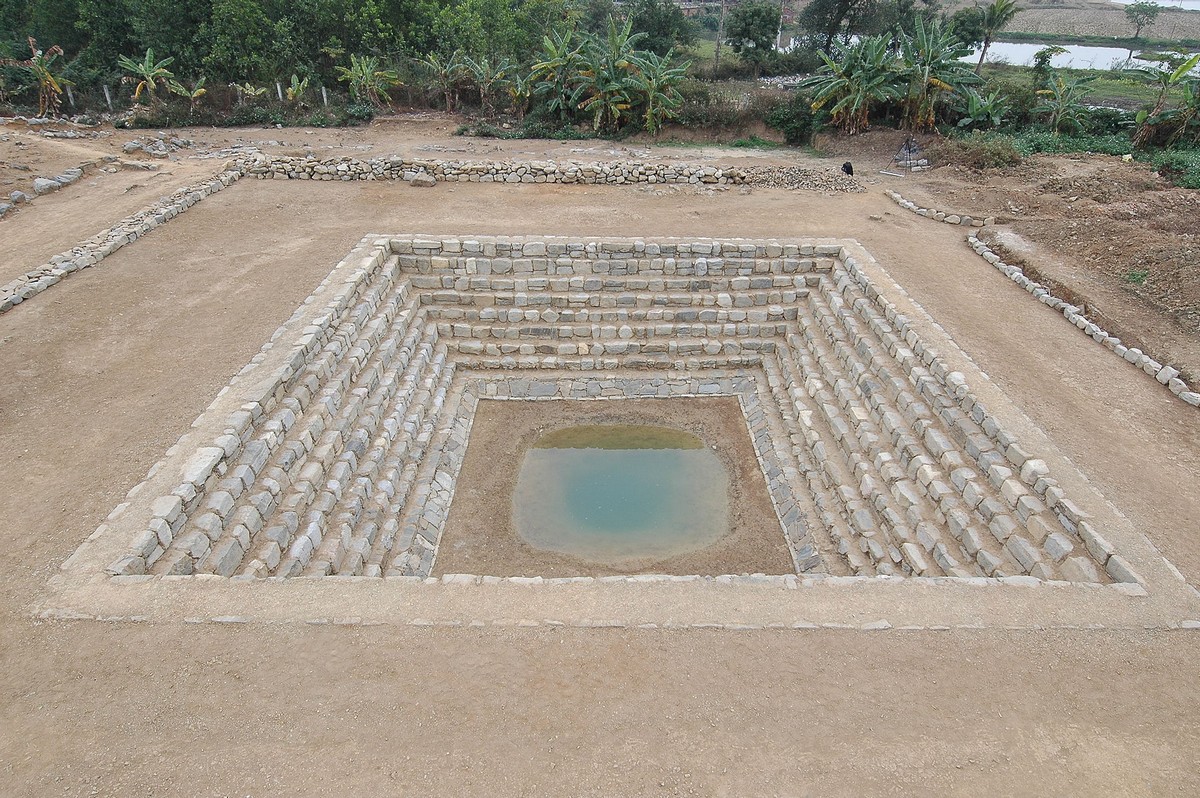
The altar was constructed in the southern part of the Ho Dynasty Citadel, within the outer wall, on the southwest slope of Don Son mountain. It covers an area of approximately 35,000 square meters. The altar is divided into multiple layers, with the central part standing at a height of 21.7 meters.
Some Notes for Your Visit to the Citadel of the Ho Dynasty
Despite being a popular attraction, the entrance fees are remarkably affordable compared to other tourist sites in the country: VND 40,000 for adults, VND 20,000 for individuals under 15, and free for children under 8.
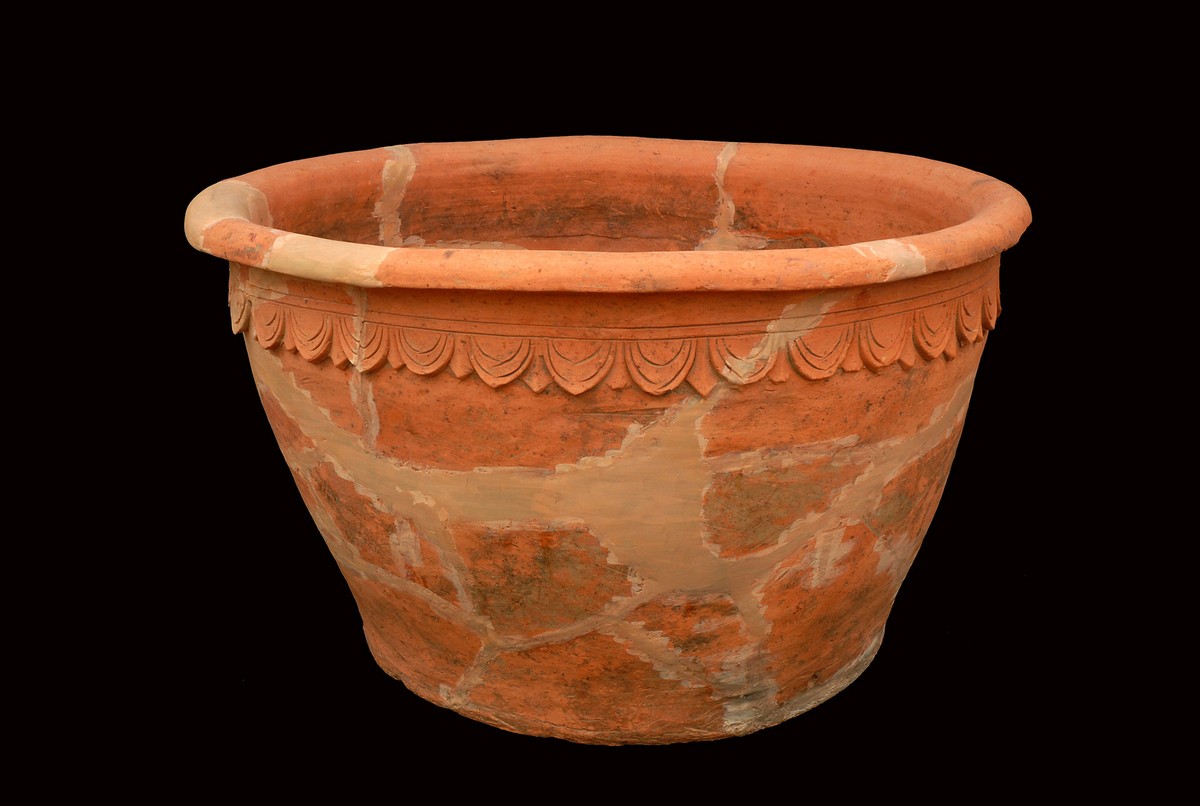
Although the Ho Dynasty did not exist for a long time, there are plenty of incredible artifacts that you can see with your own eyes at the citadel, such as stone slabs used to build the citadel, cannons, and catapults, a coin vase from the Tran Dynasty, clay roof tiles, and more. These artifacts provide a glimpse into the life and culture that flourished within these ancient walls during Vietnam’s tumultuous history.
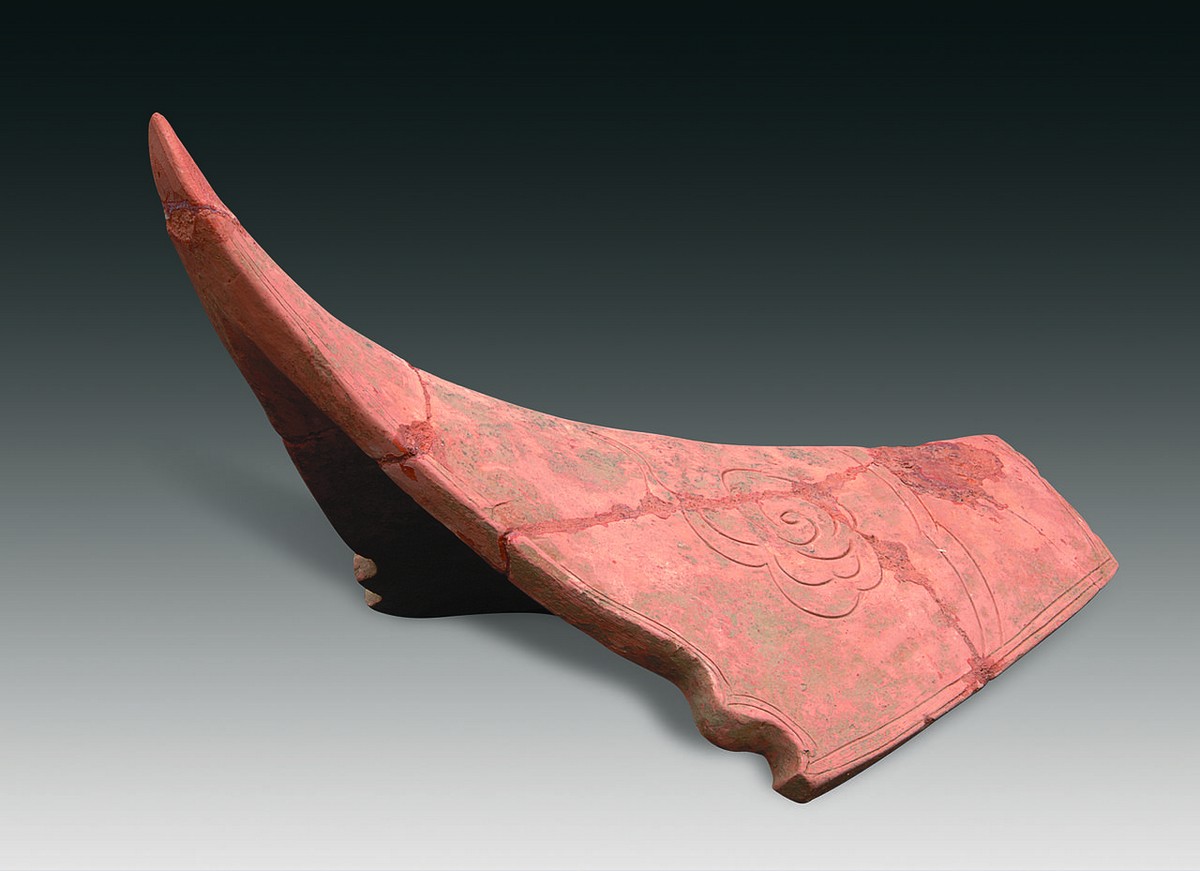
Overall, the Citadel of the Ho Dynasty is a fantastic tourist destination. Here, you can experience a refreshing, open, and tranquil atmosphere while exploring the rich history of Vietnam. As you wander through its magnificent halls and artifacts, you might discover a newfound admiration for the ingenuity and creativity of Vietnamese people.
